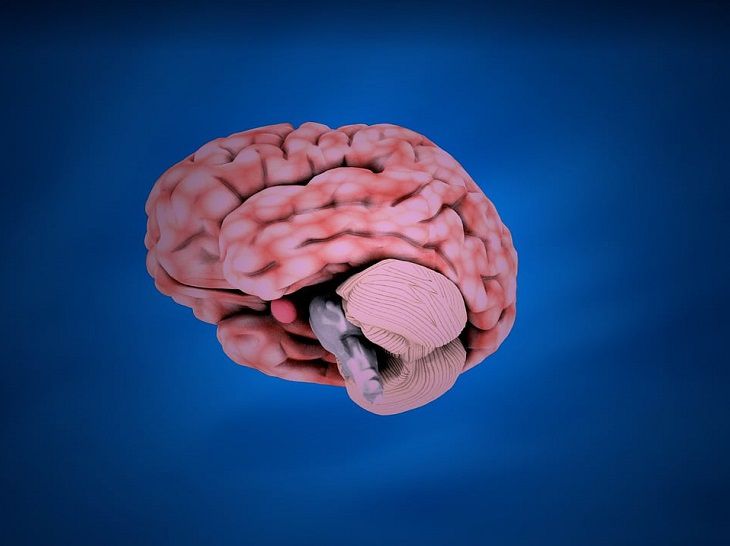Humans have developed higher cognitive functions, mainly linked to the expansion of the neocortex.
However, researchers now believe that the cerebellum, often called the "little brain," also evolved during evolution, so it adds to unique human abilities.
Let's see what they've found.

Exploring the little brain
A team of specialists has created genetic maps of cerebellum development in humans, mice, and opossums.
Comparing these maps shows both shared and distinct characteristics of cerebellum development among species.
In the past, the cerebellum was considered a brain region with a simple structure, but recent evidence shows that it is more complex.
The scientists classified all cell types in the developing cerebellum using molecular profiles from nearly 400,000 individual cells.
They also used techniques to map the spatial distribution of these cell types.
Their analysis revealed that the proportion of Purkinje cells, important neurons in the cerebellum, is almost double in people compared to mice and opossums during early fetal development.
This increase is due to specific subtypes of Purkinje cells that are generated early and likely play a role in cognitive functions.
This expansion of Purkinje cells may support higher cognitive abilities in humans.
Why it's useful to know
These findings could guide future research on neurodevelopmental disorders and help identify suitable model systems beyond mice.
By understanding the unique characteristics and genetic differences in the cerebellum, scientists can gain insights into the development of cognitive functions and related disorders.












